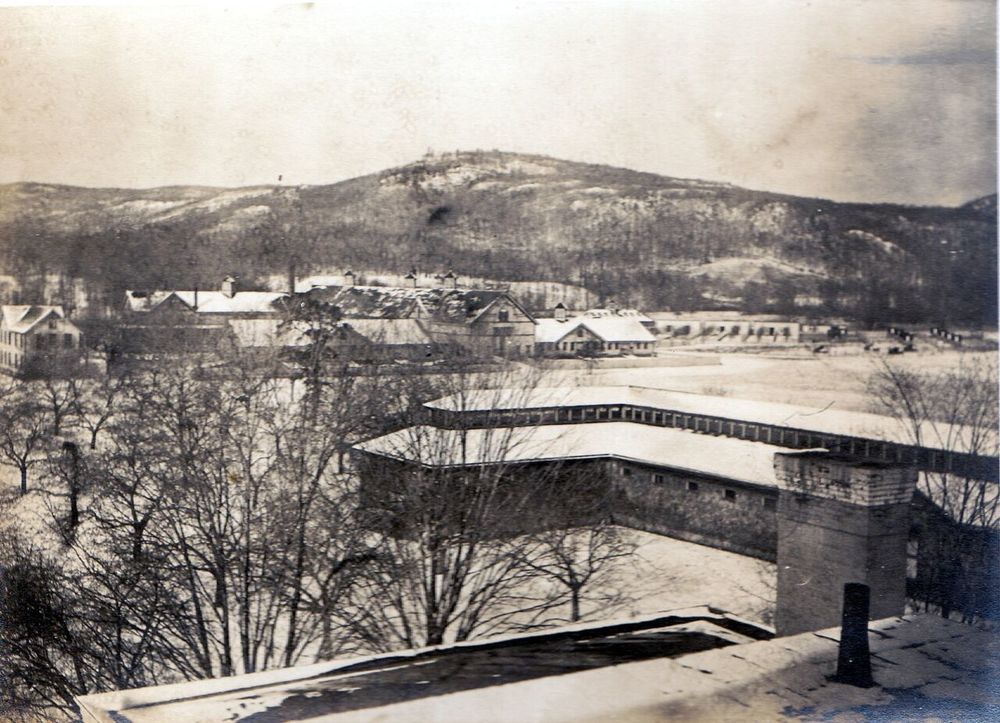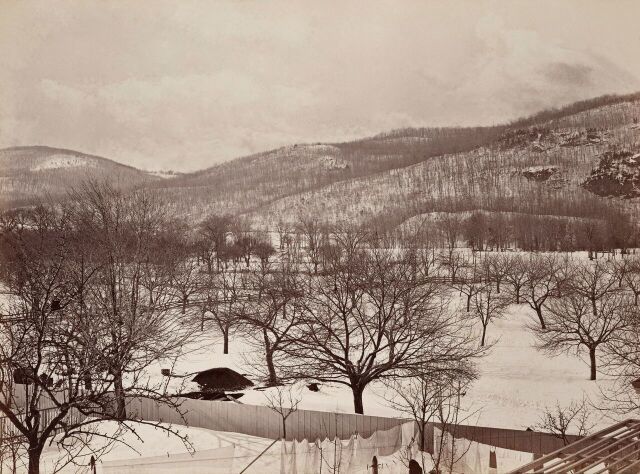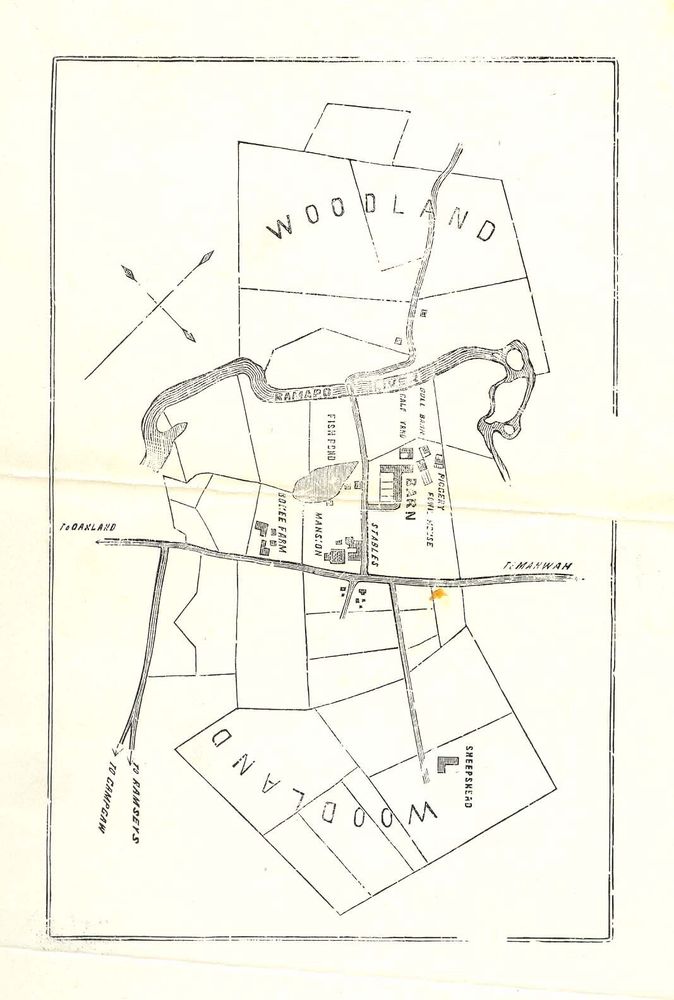The Property
Havemeyer's Legacy
What we know as Mahwah today could have developed in a drastically different way had it not been for the efforts of Theodore Havemeyer and his establishment of Mountainside Farm on what are now the grounds of Ramapo College. Havemeyer may have been one of many late nineteenth-century businessmen that sought riches in Mahwah, but he was unique in the fact that his influence can be felt in the town even today. From the Havemeyer house to Ramapo Valley Road itself, one does not have to travel great distances to witness the man’s legacy.
Acquisition of Land
Like countless others before him, Theodore Havemeyer operated and established his main business in New York, in the form of the American Sugar Refining Company. This enterprise became so successful that he was soon able to try his hand at another business venture in Mahwah: farming. He was not, however, the first to own the land that would soon be used for the gargantuan Mountainside Farm. The property had previously been owned by the Hagerman family, who had been long established in Mahwah. The area was then acquired by John Petry, who eventually sold it to John Y. Dater. Dater, soon after his purchase, decided to sell the land to Jacob De Castro of New York City. At this point, Havemeyer began renting a portion of said land to use as a small dairy farm, and when De Castro encountered financial troubles, it all fell to him. Havemeyer made his historic purchase on January 8th, 1879, acquiring the farmland for $30,000 (equal to more than $700,000 today). In the images shown here (see "the farm from above" and "the Mountainside orchards") one can see just how large the property was, and just how many structures could be built upon it.
The Layout of the Property
De Castro’s land, combined with what Havemeyer was already renting from him, was miniscule compared to the massive operation that the sugar baron had in mind. Soon, on May 1st of 1880, he purchased the property just south of what he already owned for the hefty sum of $16,595.96 (almost $400,000 today!). The plans for Mountainside Farm (see "Mountainside Farm Plans") give the viewer some idea of the sheer size of the institution, as well as the general layout of the area. For instance, in the center of the image, one can clearly observe a dark line running horizontally, marked on the left with the words “to Oakland” and on the right with “to Mahwah.” This symbolizes Ramapo Valley Road, which has throughout the course of history served as an important local path, from a major Native American trading route to a passage to Albany used by George Washington’s Continental Army to Route 202, it’s modern moniker. Additionally, one can observe the vast portions of the plans which are marked “Woodland” on the top and bottom of the image. The bottom portion would later serve as the grounds for Ramapo College, an excellent example of the degree to which Mahwah has changed since its inception as a sleepy farming town. Towards the very center of these plans, a rather small building is labeled very simply as “mansion.” Unlike many of the other buildings pictured, the Havemeyer House is still standing today and is used as the residence of the president of Ramapo College. In terms of size, the Havemeyer House puts even some modern mansions to shame. Thus, if one compares the size of the “mansion” on the map to the other buildings on the premises, their size is in a word, shocking.


